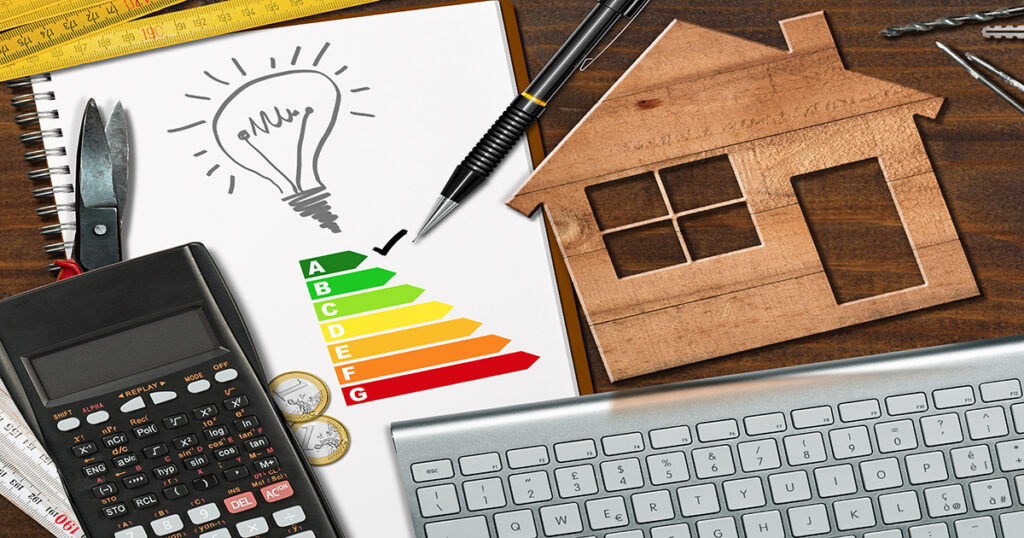A resource-efficient home is best described as a home that sustainably uses the Earth’s limited resources while at the same time, minimizing environmental impact. Think, repair, re-manufacturing, recycling, maintenance, and more eco-friendly home design.
There are a variety of definitions of what a “green” home truly is. A widely held and accepted definition includes the planning, design, and construction of a home with considerations of energy use, water use, material selections, site locations, and indoor environmental quality features. Green, or resource-efficient, homes tend to use less energy and smarter resources in order to provide a healthier home for you and your family.
The benefits of resource-efficient homes are usually grouped into three areas: health, savings, and value.
Health
Resource-efficient homes aim to provide lots of natural light, safe building materials, and clean indoor air. Green Home Guide reports, “With better products, such as low-emission materials, a radon mitigation system, and sealed combustion appliances, certified green homes can have a positive impact on your family’s health. Improved heating, ventilation, insulation, and air sealing also contribute to reducing risks and symptoms of respiratory disease, asthma, cancer, cardiovascular disease, depression, stress, infectious disease, and more.”
Savings
Another benefit of a green or resource-efficient home is the long-term savings it can offer. By using environmentally friendly home building materials, often monthly utility bills are lowered due to a reduction of energy and water consumption.
The United States Green Building Council (USGBC) shares that year-over-year, spaces built with green materials have reduced maintenance and usage costs by nearly 20 percent. Additionally, the resale of a resource-efficient home can see upwards of an eight percent increase in resale value.
Value
In addition to the monthly savings costs on utility bills, another way a resource-efficient home can offer value lies in the other incentives it may qualify for. From special homeowner’s insurance discounts to tax breaks, the added value of a green home can be a great benefit to a homeowner. Some incentives apply for new construction, others for remodels, and some for both.
Many states offer an incentive for a wide variety of energy efficient and energy renewable technologies, such as heat pumps, furnaces, boilers, central air conditioners, building insulation, doors, siding, roofs, solar water heat, geothermal heat pumps, cool roofs, LED lighting, and more. Be sure to check with a qualified tax professional to maximize the value you could gain from one or more of these technologies.
LEED Certifications
One way for homebuyers to know what they are getting in terms of environmentally and responsibly built green homes is to look for a LEED certification. In order for a home to qualify for a LEED certification, the home earns points by adhering to prerequisites and credits that address carbon, energy, water, waste, transportation, materials, health, and indoor environmental quality.
According to the National Association of Realtors, resource-efficient homes and those with the LEED certification are designed and constructed to provide a safe, healthy, and sustainable place to live. They provide cleaner indoor air, save on energy and water, maintain their value over time, and prioritize the use of materials that promote health and enhance resilience.



